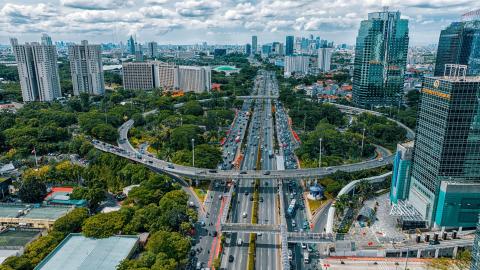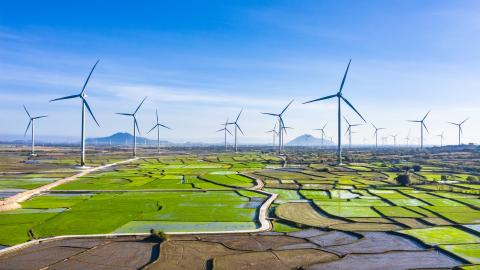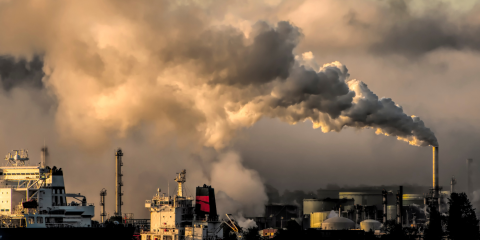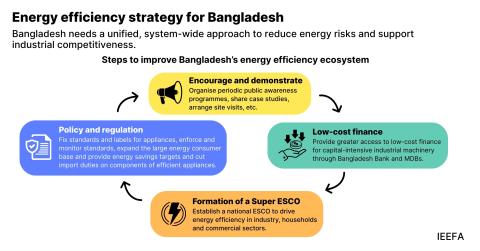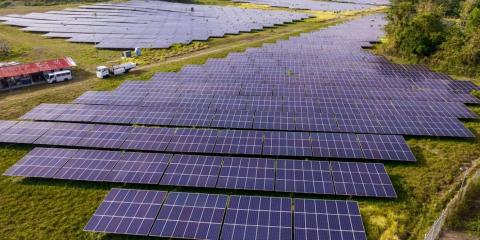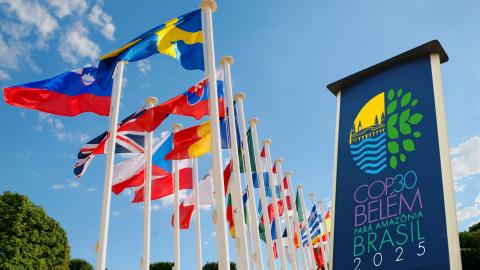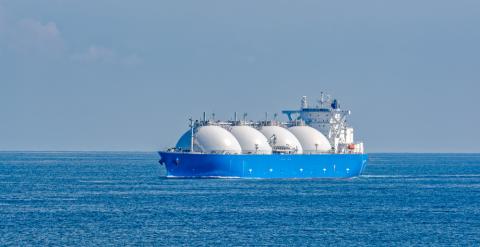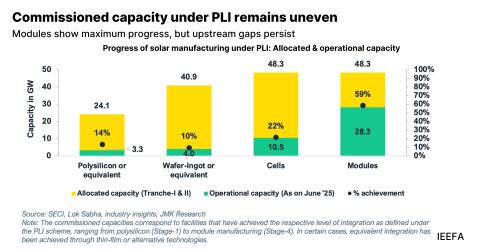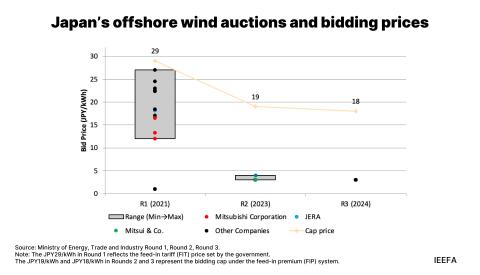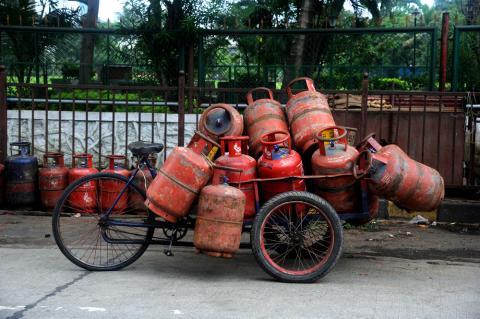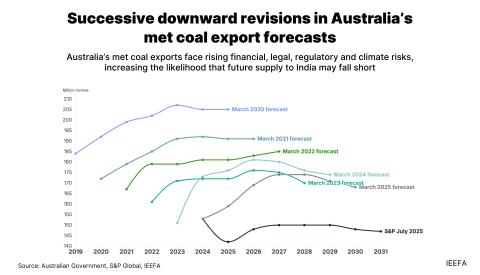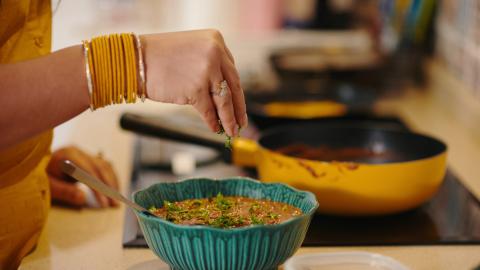Key Findings
Generating solar energy to recharge electric vehicle batteries is a far more efficient use of land than growing ethanol crops for blended fuel in India.
Matching the distance driven by EVs recharged from one hectare of solar generation would require ethanol derived from up to 251 hectares of sugar cane or 187 hectares of maize.
Large-scale diversion of agricultural land for ethanol blending conflicts with other key priorities for food production, water use and renewable energy adoption.
A re-evaluation of the ethanol-blending policy and alternatives is needed urgently, given that India's 2025 target for 20% ethanol blending in petrol requires large increases in ethanol crops from sugar and grains.
Executive Summary
India’s ambitious plans to bring forward the E20 ethanol-blending target to 2025, outlined in the 2021 Ethanol Roadmap, are aimed at reducing air pollution and emissions, supporting domestic agricultural demand, and reducing the drain on India’s foreign exchange by limiting oil imports. These laudable goals have nevertheless raised concerns about the long-term consequences on water use, food security and sugar exports as well as claims that the impact on pollution will be modest. This report examines a related concern that has not been addressed previously, namely the efficiency of land use and the quantity of land diversion that the policy implies. Analyses of these, and an alternative approach – enhancing goals for electric vehicle (EV) uptake – show that:
- Land is used far more efficiently generating renewable power for EV batteries than growing crops for ethanol. For example, to match the annual travel distance of EVs recharged from one hectare of solar, 187 hectares of maize-derived ethanol are required, even accounting for losses from electricity transmission, battery charging and grid storage.
- Full implementation of the Roadmap may require as much as 30,000 additional sq km to come under cultivation for ethanol. For comparison, this is up to half the land IEEFA expects may be required to generate clean electricity by 2050, but with very much smaller and more restricted benefits.
Recommendations
The scale and speed of India’s ethanol blending plans should be critically reviewed with efficient land use as an important consideration.
Further measures to underwrite ethanol-blending infrastructure and promote blended fuel use should be paused pending the outcomes of such a review, along with evaluation of new evidence questioning the claimed emissions benefits of blended fuels.
The option of enhancing India’s EV adoption strategy as an alternative to further promotion of blended fuel should be actively and promptly considered.



